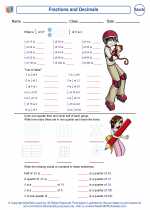Common Denominator
In mathematics, a common denominator is a common multiple of the denominators of two or more fractions. When adding or subtracting fractions with different denominators, it's necessary to find a common denominator in order to perform the operation.
To find a common denominator, you can follow these steps:
- Identify the denominators of the fractions you want to add or subtract.
- Find the least common multiple (LCM) of the denominators. The LCM is the smallest multiple that all the denominators share.
- Use the LCM as the common denominator for the fractions.
- Convert each fraction so they have the common denominator by multiplying the numerator and denominator by the same value.
- Perform the addition or subtraction of the fractions with the common denominator.
For example, if you want to add the fractions 1/4 and 3/8, you would follow these steps:
Step 1: The denominators are 4 and 8.
Step 2: The LCM of 4 and 8 is 8.
Step 3: Use 8 as the common denominator for the fractions.
Step 4: Convert 1/4 to 2/8 and 3/8 remains the same.
Step 5: Now you can add 2/8 + 3/8 = 5/8.
By finding a common denominator, you can add or subtract fractions with ease, making it a fundamental concept in arithmetic operations involving fractions.
.◂Math Worksheets and Study Guides Third Grade. Fractions
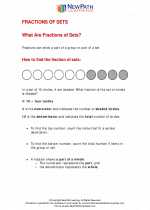
 Worksheet/Answer key
Worksheet/Answer key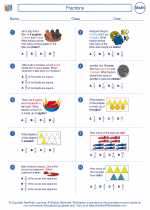
 Worksheet/Answer key
Worksheet/Answer key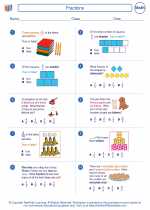
 Worksheet/Answer key
Worksheet/Answer key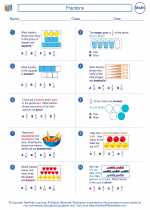
 Worksheet/Answer key
Worksheet/Answer key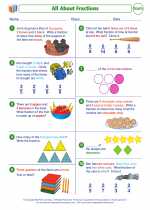
 Worksheet/Answer key
Worksheet/Answer key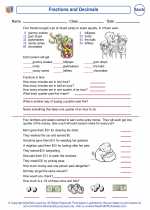
 Worksheet/Answer key
Worksheet/Answer key